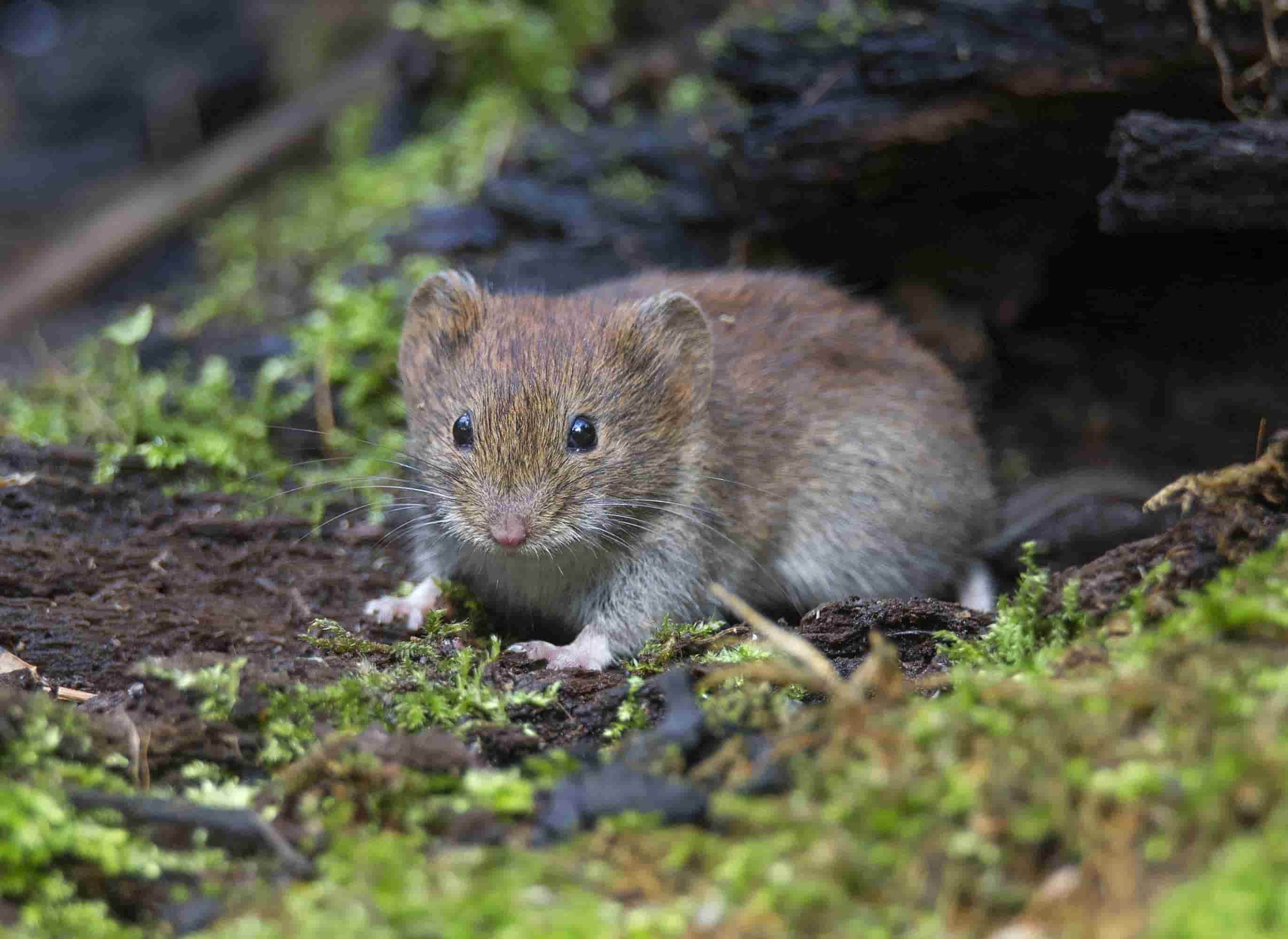Protect Your Yard: Reliable Vole Control Techniques
Comprehensive Guide to Efficient Vole Pest Control: Infestation Identification and Therapy Techniques
In the world of effective pest control, vole invasions present a distinct challenge that requires a critical strategy. These tiny rats, frequently incorrect for computer mice, can damage gardens, lawns, and plants if left untreated. Identifying the signs of vole presence and implementing targeted therapy methods are essential parts of an effective pest monitoring plan. By checking out the nuances of vole behavior, recognizing crucial signs of problem, and assessing a range of control choices, one can develop a detailed approach to combat these evasive bugs.
Comprehending Vole Behavior
Vole habits is characterized by their burrowing routines and fast recreation rates, making them a tough bug to control effectively. Their quick reproductive rate more complicates control initiatives, with females capable of generating numerous litters in a solitary year, each having numerous spawn.
Voles are most active during the very early morning and evening hours, investing most of their time foraging for food. Their delving habits not just disrupt gardens and grass yet likewise make them challenging to find and remove. Recognizing vole actions is important for efficient bug control methods. By identifying their burrow areas, keeping an eye on feeding locations, and carrying out targeted control techniques, such as capturing or environment alteration, vole infestations can be managed efficiently.
Indicators of Vole Problem

Avoidance Techniques
Implementing effective prevention methods is essential in reducing vole invasions and safeguarding plant life from their devastating feeding behaviors. To protect against vole invasions, it is essential to begin by eliminating potential food sources and shelter.
Consistently inspecting the home for indicators of vole task, such as paths and delve openings, is essential for very early detection and prompt action. If vole activity is thought, consider making use of traps or repellents tactically positioned near their pathways.
Non-Lethal Control Techniques
To properly manage vole populations while focusing on humane methods, non-lethal control strategies offer useful solutions for reducing vole damage in yards and landscapes. These obstacles can be hidden at least 12 inches deep and bent at a 90-degree angle to avoid voles from delving underneath.

Lethal Control Options
One reliable approach for dealing with vole invasions in yards and landscapes entails the calculated use of dangerous control alternatives. When encountered with an extreme vole problem that non-lethal approaches have actually fallen short to contain, executing deadly control measures comes to be crucial. One typically employed dangerous control choice is making use of snap traps. These catches are created to swiftly and humanely eliminate voles upon activation, making them a prominent selection for numerous garden enthusiasts and landscaping companies. To boost the performance of breeze traps, it is recommended to put them in locations where vole task is high, such as along runways or near burrow entries. Another lethal control choice is the utilization of harmful baits especially developed to target voles. These baits click resources contain poisonous substance that is consumed by the voles, causing their ultimate demise. Caution should be exercised when utilizing hazardous lures to protect against damage to non-target pets or family pets. Overall, when using deadly control alternatives, it is important to do so sensibly and according to local regulations to properly take care of vole infestations.
Conclusion
To conclude, effective vole bug control requires an extensive understanding of vole behavior, recognition of indications of problem, application of prevention techniques, and use of both dangerous and non-lethal control techniques. By combining these techniques, individuals can efficiently take care of vole populations and safeguard their residential property from damage. It is important to attend to vole invasions without delay to stop further issues and reduce the influence on the surrounding environment.
Provided the intricate tunnel systems and rapid reproduction rates particular of voles, identifying the indicators of vole problem becomes necessary in reliable bug control. One of the primary signs of vole presence is the existence of surface area paths or tracks in lawn or snow, commonly about 1-2 inches broad, produced as voles take a trip in between their burrows and food sources.To properly take care click here to read of vole populations while prioritizing humane methods, non-lethal control techniques offer functional services for reducing vole damages in landscapes and gardens.One efficient approach for resolving vole invasions in yards and landscapes includes the strategic use of lethal control choices. vole yard damage.In verdict, effective vole parasite control calls for a thorough understanding of vole habits, identification of indications of problem, application of prevention approaches, and usage of both deadly and non-lethal control approaches